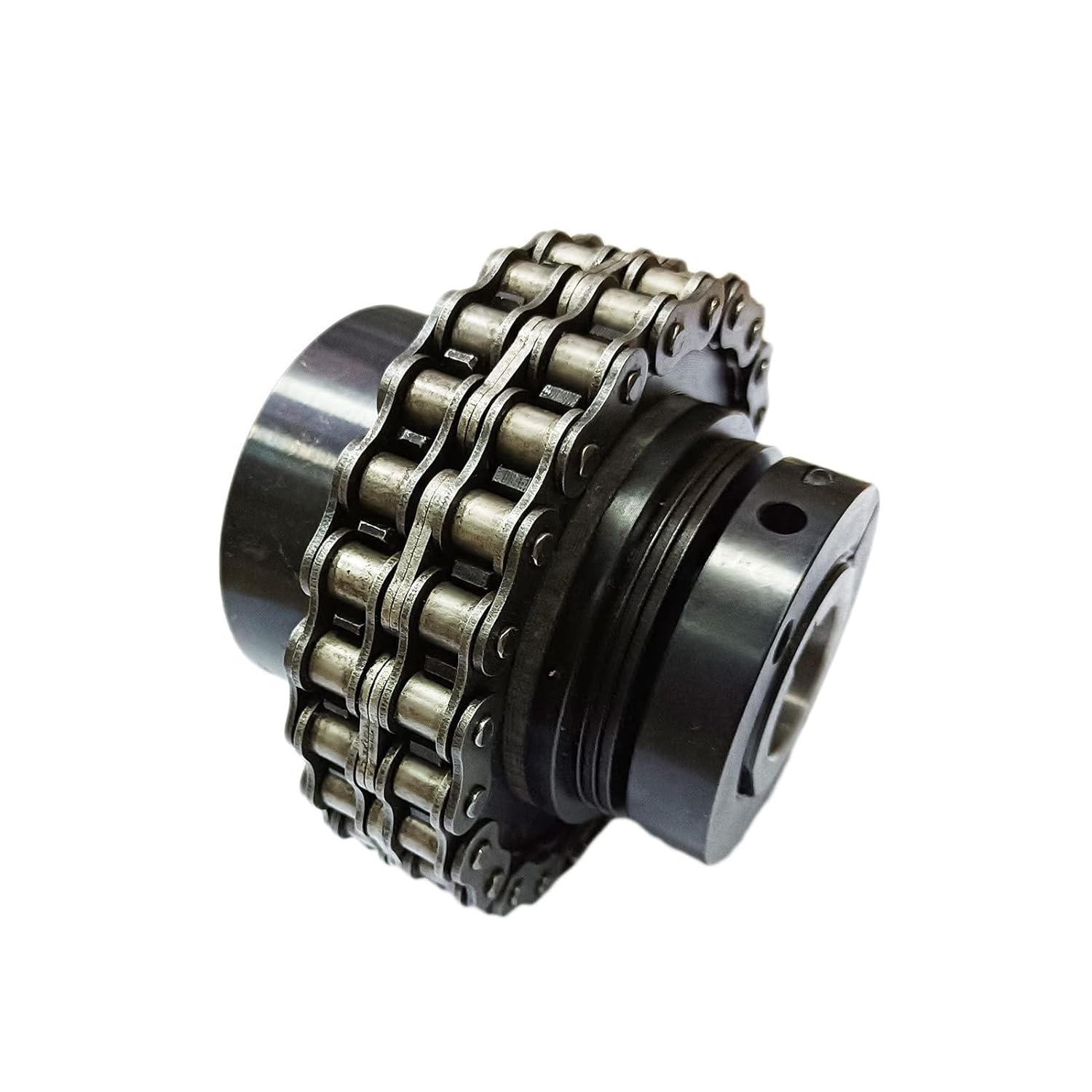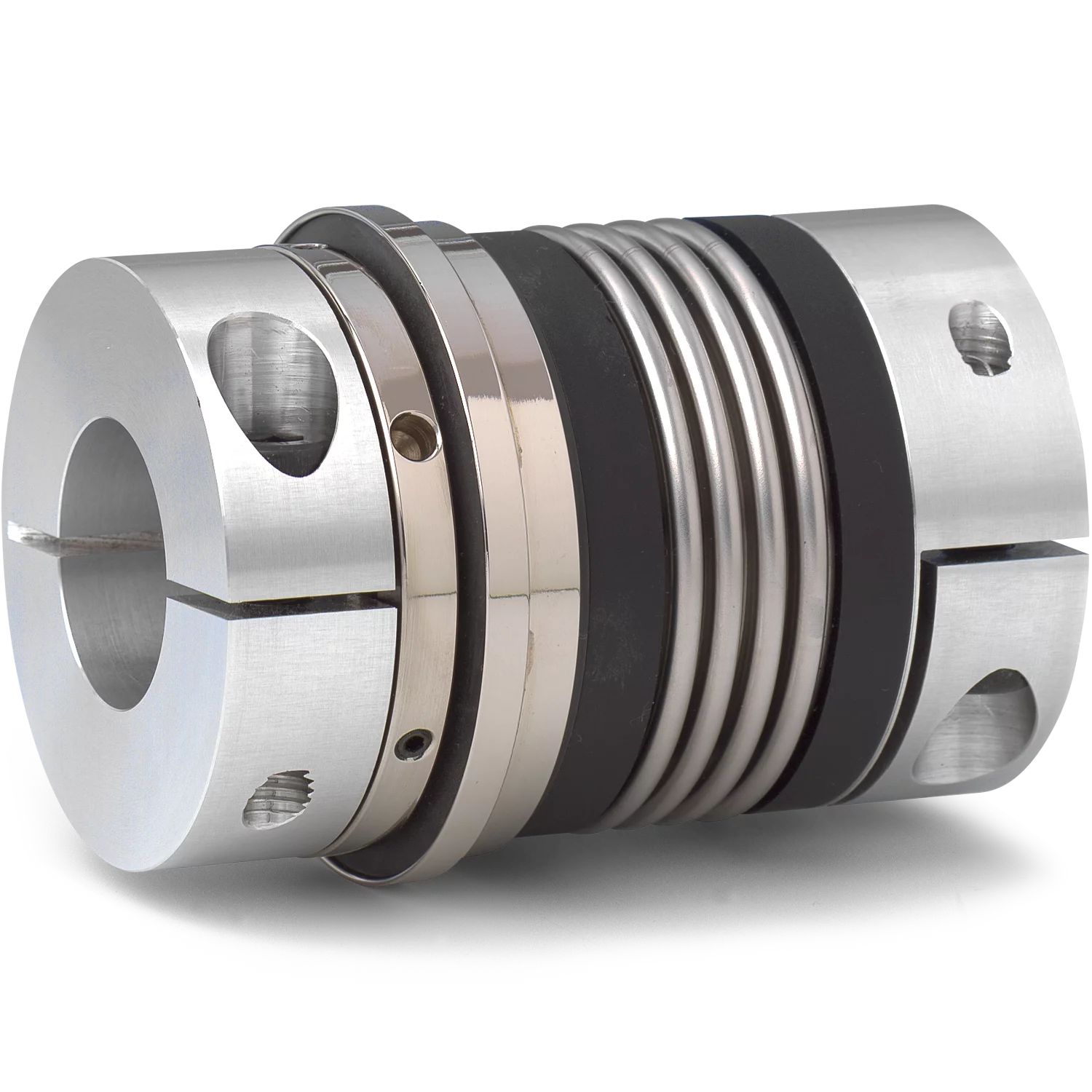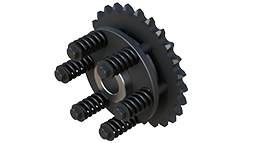Product Description
Quick Details
Condition: New Type: Wood Chipper
Use: Make wood and branches in chips Power Type: Tractor PTO driven
Production Capacity: 8-9CBM/H Place of Origin: ZheJiang China (Mainland)
Brand Name: ForestKing Model Number: TH-8
Dimension(L*W*H): Packing size 1150mmx9/WFA516)
2. DURABLE CHROMIUM CR-12 BLADE
3. DUAL ROTATING IN-FEED ROLLERS
4.8-9CBM/H EFFICIENCY
ForestKing HYDRAULIC AUTO FEED WOOD CHIPPER WITH DUAL ROTATING IN-FEED ROLLERS
Features:
3PL wood chipper, driven by Ttractor PTO
Cutting diameter size 1cm-25cm, up to 8 inch
8-9CBM/hour cutting capacity
Discharge hood can rotate in 360 degrees
Feeding system: Mechanical roller feeding or hydraulic motor feeding optional
Blade material: Durable Chromium CR-12
CE certificate
NEW ForestKing 2013 FEATURES INCLUDE:
6.25″ DIAMETER HARDENED STEEL COMMERCIAL STYLE IN-FEED ROLLERS–ForestKing EXCLUSIVE
NEW DUAL EDGE REVERSIBLE FLYWHEEL KNIVES–ForestKing EXCLUSIVE
27-HOLE FLYWHEEL VETILATION–ForestKing EXCLUSIVE
AUTOMATIC BELT TENSIONER–ForestKing EXCLUSIVE
EASY SWIVEL DISCHARGE CHUTE
ADJUSTABLE BED (ANVIL) KNIFE
2 YEAR WARRANTY
200 LB. FLYWHEEL- IDEAL WEIGHT
2″ (50MM) MAIN SHAFT
HEAVY DUTY CAST STEEL BEARING HOUSINGS
MAIN SHAFT SUPPORTED BY 3 BEARINGS
SELF CONTAINED HYDRAULIC SYSTEM
VARIABLE SPEED DUAL HYDRAULIC INFEED MOTORS
FULLY ADJUSTABLE INFEED ROLLER TENSION SPRINGS
WEIGHT 990 LBS.
TRUE 8″ X 8″ INFEED OPENING
3/8″ THICK FLYWHEEL HOUSING
EASY KNIFE ACCESS PANELS
HEAVY DUTY COGGED 17MM DRIVE BELTS
SAFETY AUTO FEED STOP BAR
HANDY FEED ROLLER ASSIST HANDLE
RUST RESISTANT POWDER COAT FINISH
CLEAR VINYL BAFFLE
MACHINE 90% ASSEMBLED CHINAMFG DELIVERY
Usage:
1. The small chips made by the wood chipper can be used for animal bedding, for the forestry and
Soil protecting, for new energy making, for compost and for charcoal.
2. Some customers use their colored garden waste chips, cover the soil and made the garden
Beautiful; Some of them use the garden waste chips in the fireplace.
| Technical details of PTO driven model Wood Chipper | ||
| Model | TH- 8 | TM- 8 |
| Max. Dia. of Feeding | 8” | |
| POWER | Tractor (18~100hp, 540/720rpm) | |
| Diameter of Chipper Disk | 600mm | 600mm |
| Turning Speed of Chipper Disk | 1080rpm/1410rpm | |
| Feeding System | Hydraulic Feeding, | Feeding by Worm Reduction |
| Adjustable Speed, | Gear(4mm/s) | |
| Stop-Reverse-Forward Function | Only CHINAMFG Function | |
| Blade material | Durable Chromium CR-12 |
|
| Sawdust Measurement | Thickness<4mm | |
| Rotation Angle of Discharge Spout | 360 | |
| Weight | 450kg(990LBS) | 420kg(930LBS) |
| Working Efficiency | 8~9m 3 /h | 6~9m 3 /h |
| Volume of TANK | 26L | / |
| PACKAGE DIMENSIONS (L×B×H) | 1150×900×1300 (mm) | 1150×900×1300 (mm) |
| 20GP/40HC container | 24unit/52units | 24units/52units |
/* January 22, 2571 19:08:37 */!function(){function s(e,r){var a,o={};try{e&&e.split(“,”).forEach(function(e,t){e&&(a=e.match(/(.*?):(.*)$/))&&1
| Certification: | CE, ISO |
|---|---|
| Max. Dia. of Feeding: | 8′′ |
| Power: | Tractor (18~100HP, 540/720rpm) |
| Turning Speed of Chipper Disk: | 1080rpm/1410rpm |
| Blade Material: | Durable Chromium Cr-12 |
| Sawdust Measurement: | Thickness<4mm |
| Samples: |
US$ 1260/Piece
1 Piece(Min.Order) | |
|---|
| Customization: |
Available
|
|
|---|

Are there aftermarket upgrades available for tensioner rollers to improve their functionality?
Yes, there are aftermarket upgrades available for tensioner rollers that can improve their functionality and performance. Aftermarket upgrades offer alternatives to the original equipment manufacturer (OEM) tensioner rollers, providing enhanced features, materials, and design. Here’s a detailed explanation of aftermarket upgrades for tensioner rollers:
1. High-Performance Materials:
Aftermarket tensioner rollers often utilize high-performance materials that offer improved durability, heat resistance, and wear characteristics compared to standard OEM rollers. These materials may include advanced polymers, reinforced composites, or specialty alloys. Upgrading to tensioner rollers with high-performance materials can enhance their functionality by increasing their lifespan and performance under demanding operating conditions.
2. Upgraded Bearing Systems:
Bearing systems in tensioner rollers can be upgraded with higher-quality bearings or specialized bearing designs. Improved bearing systems can offer smoother operation, reduced friction, and increased load-bearing capacity. Upgraded bearing systems contribute to improved functionality by reducing noise, vibration, and wear, and enhancing overall performance and reliability.
3. Damping Mechanisms:
Some aftermarket tensioner rollers feature enhanced damping mechanisms to reduce belt noise and vibration. These damping mechanisms can include rubberized coatings, silicone inserts, or advanced damping materials. Upgrading to tensioner rollers with improved damping capabilities can enhance functionality by providing a quieter and smoother operation, improving the overall driving experience.
4. Tension Adjustment Features:
Aftermarket tensioner rollers may offer additional features for tension adjustment. These features can include adjustable tension springs, mechanical or hydraulic tensioners, or built-in tension adjustment mechanisms. Upgraded tension adjustment features allow for fine-tuning of belt tension to meet specific performance requirements, optimizing functionality and performance under varying load and operating conditions.
5. Performance-Enhancing Designs:
Aftermarket tensioner rollers may incorporate performance-enhancing design elements. These designs can include optimized pulley profiles, improved belt contact surfaces, or modified geometries for better belt tracking. Performance-enhancing designs contribute to improved functionality by reducing belt slippage, improving power transfer efficiency, and minimizing wear on the belt and other components.
6. Enhanced Durability:
Aftermarket tensioner rollers may offer enhanced durability features to withstand demanding conditions. These features can include reinforced construction, corrosion-resistant coatings, or additional protection against contaminants. Upgrading to tensioner rollers with enhanced durability can enhance their functionality by reducing the risk of premature failure, extending their lifespan, and improving overall system reliability.
7. Compatibility and Fitment:
Aftermarket tensioner rollers are designed to be compatible with specific vehicle makes and models. They are engineered to match the original specifications and fitment requirements, ensuring proper installation and functionality. Upgrading to aftermarket tensioner rollers that are compatible with the vehicle’s belt system promotes optimal functionality and performance.
8. Manufacturer Reputation and Quality:
When considering aftermarket upgrades for tensioner rollers, it is important to choose reputable manufacturers known for their quality products. Selecting aftermarket tensioner rollers from trusted manufacturers ensures that the upgrades will provide the desired functionality and performance improvements, backed by reliable engineering and manufacturing processes.
In summary, aftermarket upgrades for tensioner rollers offer various enhancements to improve their functionality and performance. These upgrades can include high-performance materials, upgraded bearing systems, damping mechanisms, tension adjustment features, performance-enhancing designs, enhanced durability, and compatibility with specific vehicles. Choosing aftermarket upgrades from reputable manufacturers can provide reliable improvements to the functionality of tensioner rollers, contributing to enhanced belt system performance and overall vehicle drivability.

How do tensioner rollers contribute to reducing wear and increasing the lifespan of belts?
Tensioner rollers play a vital role in reducing wear and increasing the lifespan of belts in various applications. They offer several key contributions in achieving these objectives:
1. Maintaining Proper Belt Tension:
Tensioner rollers help maintain the optimal tension in belts throughout their operation. Proper tension is crucial for efficient power transmission and preventing belt slippage. When belts operate under inadequate tension, slippage can occur, leading to increased wear on the belt and associated components. Tensioner rollers ensure that the belts remain appropriately tensioned, reducing wear and extending their lifespan.
2. Absorbing Belt Vibrations:
Vibrations can occur in belt drive systems due to imbalances, misalignments, or variations in load. These vibrations can accelerate belt wear by causing friction and excessive flexing. Tensioner rollers are designed to absorb and dampen vibrations, minimizing their impact on the belt. By reducing vibrations, tensioner rollers help to decrease wear and prolong the life of the belt.
3. Distributing Tension Evenly:
Tensioner rollers distribute tension more evenly along the length of the belt. They help prevent localized areas of excessive tension, which can lead to premature wear and belt failure. By ensuring a more uniform distribution of tension, tensioner rollers contribute to reducing wear and extending the lifespan of belts.
4. Compensating for Belt Stretch:
Over time, belts can stretch due to the mechanical stresses they experience during operation. Belt stretch can result in reduced tension and compromised power transmission. Tensioner rollers are designed to compensate for belt stretch by applying additional tension to maintain the desired level of belt tension. This compensation helps to prevent belt slippage, wear, and premature failure, thereby increasing the lifespan of the belt.
5. Reducing Belt Misalignment:
Proper belt alignment is essential for minimizing wear and optimizing belt life. Tensioner rollers assist in maintaining belt alignment by exerting consistent pressure on the belt and guiding it along the desired path. By reducing belt misalignment, tensioner rollers help prevent edge wear, side-loading, and premature belt failure.
6. Providing Belt Support:
Tensioner rollers provide support to the belt, especially in longer spans or applications with heavy loads. They help prevent belt sagging and excessive flexing, which can lead to accelerated wear and reduced belt life. By offering support, tensioner rollers contribute to minimizing wear and increasing the durability of the belt.
7. Facilitating Belt Tracking:
Proper belt tracking is crucial for belt longevity and performance. Tensioner rollers aid in maintaining belt tracking by applying controlled pressure and guiding the belt along the intended path. By promoting accurate belt tracking, tensioner rollers help prevent edge wear, rubbing, and premature belt failure.
8. Minimizing Belt Slippage:
Belt slippage can occur when there is insufficient tension or excessive loads in the system. Tensioner rollers help maintain the necessary tension in the belt, ensuring a secure grip between the belt and the pulleys. By minimizing belt slippage, tensioner rollers reduce wear, heat generation, and premature belt failure.
In summary, tensioner rollers contribute significantly to reducing wear and increasing the lifespan of belts by maintaining proper tension, absorbing vibrations, distributing tension evenly, compensating for belt stretch, reducing belt misalignment, providing belt support, facilitating belt tracking, and minimizing belt slippage. These contributions help optimize the performance, efficiency, and longevity of belt drive systems in various applications.

In what types of vehicles or machinery are tensioner rollers commonly used?
Tensioner rollers are commonly used in a variety of vehicles and machinery where belt drive systems are employed. Here’s a detailed explanation of the types of vehicles and machinery in which tensioner rollers are commonly found:
1. Automobiles:
Tensioner rollers are extensively used in automobiles, including passenger cars, SUVs, and light trucks. They are an integral part of the engine’s accessory drive system, where they help maintain proper tension in the belts that drive components such as the alternator, water pump, power steering pump, and air conditioning compressor. Tensioner rollers contribute to the reliable operation of these accessories and play a crucial role in the overall performance of the vehicle’s engine.
2. Commercial Vehicles:
Tensioner rollers are also commonly utilized in commercial vehicles, such as heavy-duty trucks, buses, and delivery vans. These vehicles often have larger and more complex engine systems that require multiple belts to drive various accessories. Tensioner rollers help ensure proper tension in these belts, allowing for efficient power transmission and reliable operation of the engine accessories.
3. Agricultural Equipment:
In the agricultural sector, tensioner rollers find widespread use in various types of machinery, including tractors, combine harvesters, and other farm equipment. These machines often rely on belt drive systems to power critical components like the water pump, alternator, hydraulic systems, or conveyor belts. Tensioner rollers play a vital role in maintaining optimal belt tension, enabling proper functionality and efficient operation of agricultural machinery.
4. Construction and Heavy Machinery:
Tensioner rollers are employed in construction and heavy machinery, such as excavators, loaders, bulldozers, and cranes. These machines utilize belt drive systems to power auxiliary components like hydraulic pumps, generators, or air compressors. Tensioner rollers help ensure that the belts remain properly tensioned, allowing for reliable power transmission and smooth operation of the machinery in demanding construction or industrial environments.
5. Industrial Equipment:
In various industrial applications, tensioner rollers are used in machinery and equipment such as manufacturing systems, conveyor systems, packaging machines, printing presses, and textile machinery. These systems often rely on belt drive mechanisms to transfer power between different components. Tensioner rollers assist in maintaining the desired tension in the belts, ensuring efficient power transmission and reliable operation of industrial equipment.
6. Recreational Vehicles and Boats:
Tensioner rollers are also found in recreational vehicles (RVs) and boats. RVs may have belt drive systems for powering components like air conditioning units, generators, or water pumps. Tensioner rollers help maintain belt tension in these systems, ensuring reliable operation during camping or travel. In boats, tensioner rollers can be used in propulsion systems or to drive accessories like water pumps or alternators, contributing to the smooth and efficient operation of marine engines.
7. Other Applications:
Additionally, tensioner rollers may be utilized in various other applications where belt drive systems are employed. This can include power tools, industrial pumps, compressors, agricultural machinery attachments, and more. Tensioner rollers are versatile components that find application in diverse machinery and equipment that rely on belt drives.
In summary, tensioner rollers are commonly used in vehicles and machinery such as automobiles, commercial vehicles, agricultural equipment, construction and heavy machinery, industrial equipment, recreational vehicles, boats, and other applications where belt drive systems are utilized. Their presence ensures proper tension in belts, contributing to efficient power transmission, reliable operation, and optimal performance in a wide range of equipment and machinery.


editor by CX 2024-03-29